Do you know how to keep safe while you chase the beautiful northern lights?
We all know how beautiful northern lights are, but what about how to stay safe while we look for them?
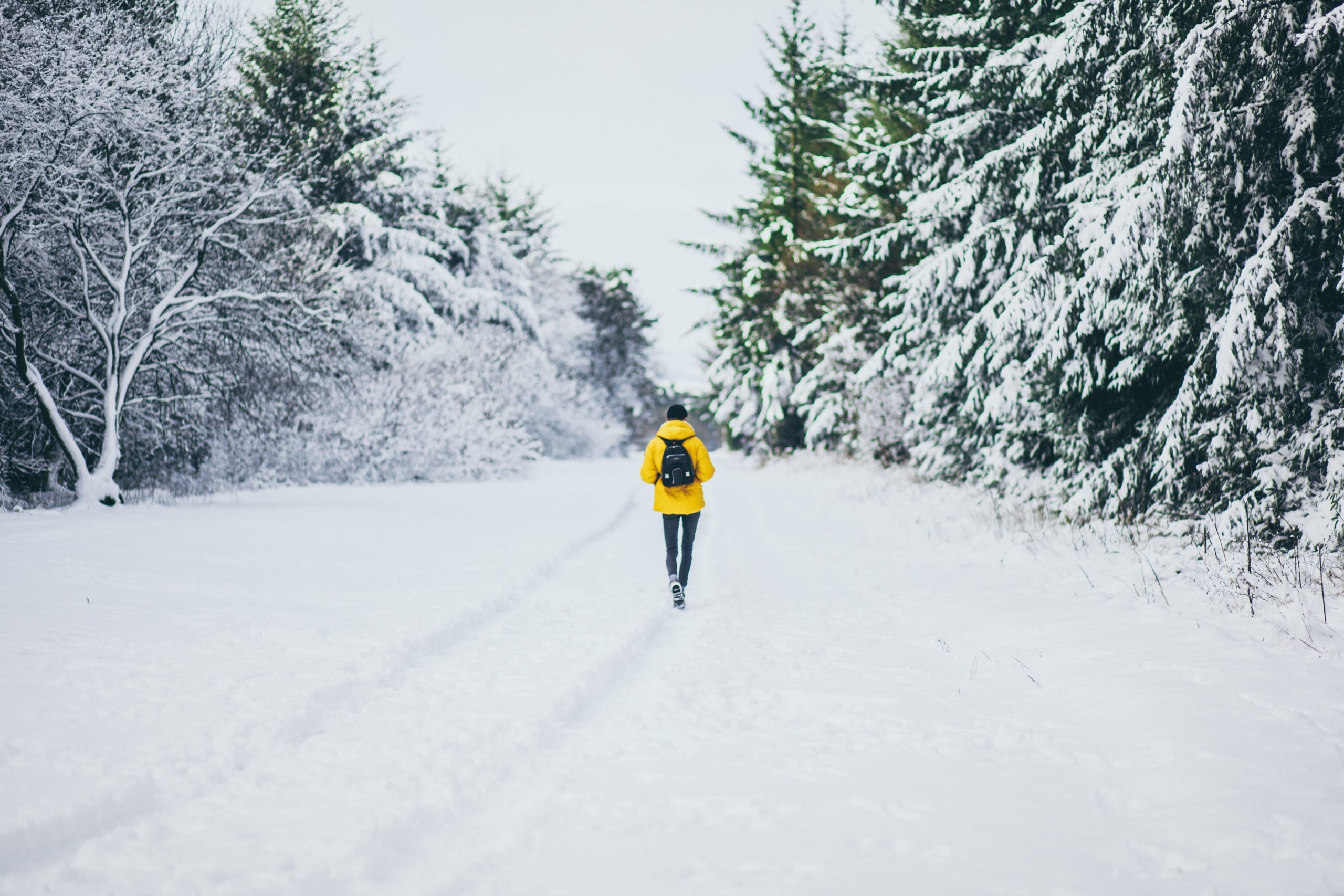
1. Dress for the hunt
Dressing in layers is key for surviving Icelandic weather. Because of the Gulfstream, the climate in Iceland can be surprisingly moderate- but because of its North Atlantic location, that moderate climate can include some quickly changing weather conditions. In order to manage the unpredictability of weather or temperature, you might need a few layers of clothing.
This can help you regulate between inside and outside temperatures quickly, and can give you that extra warmth you might need to stay outside hunting just a little bit longer. The temperature might not be astronomical, but it can add up if you’re out for a few hours.
If you can swing it, try adding a waterproof layer to your collection. This could be waterproof pants for maneuvering in snow or even a waterproof top layer. In the autumn months when there’s a lot of rain, this kind of coverage could be key to enjoying the evening.
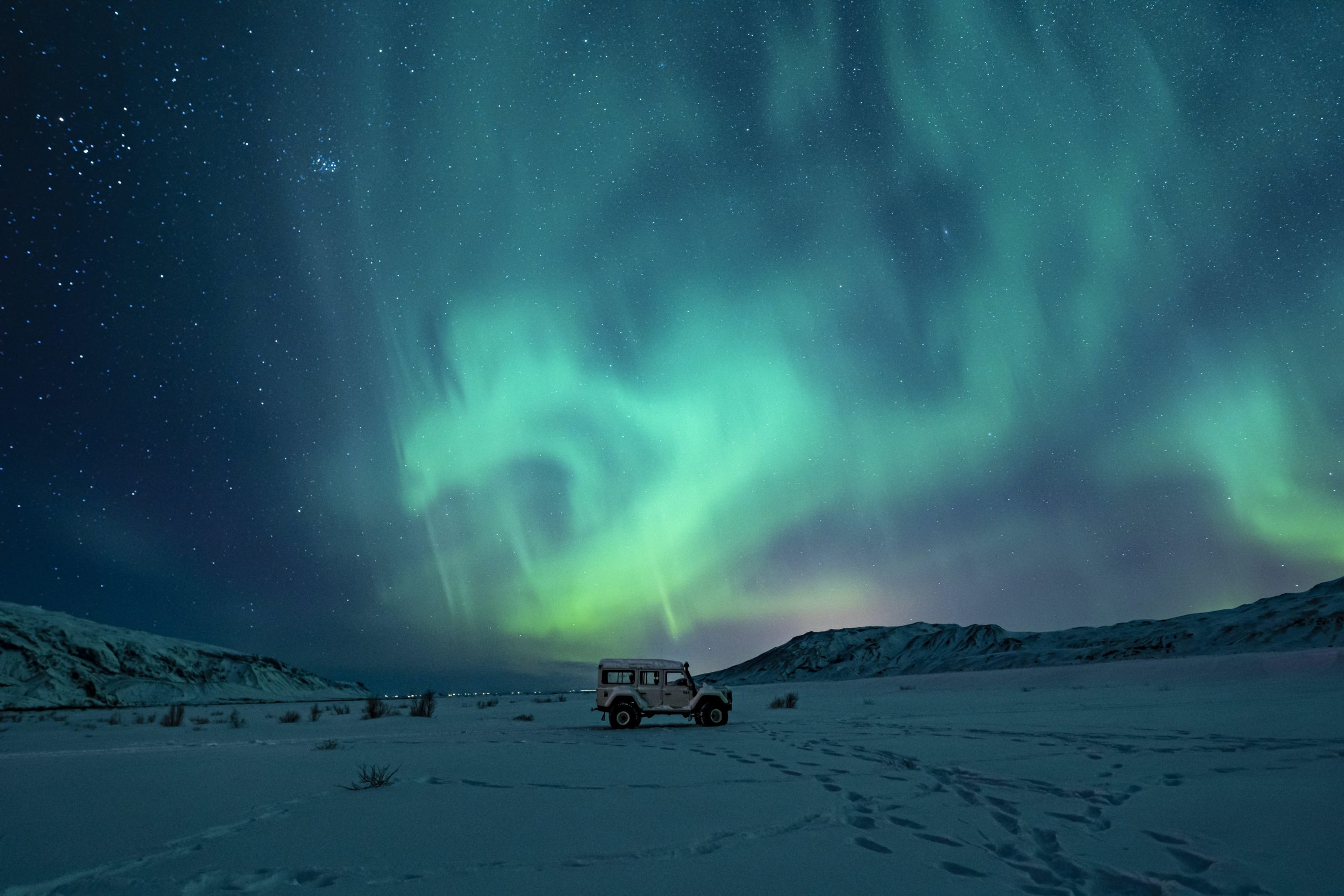
2. Be careful where (and how) you park your vehicle
The first point of this tip is to never park on the road. We don’t need to elaborate on that, because no version of it should be on the table. The roads in Iceland are typically narrow and do not always have a shoulder, so it is not recommended to attempt a pullover for the sake of those beautiful northern lights.
Many of these roads are somewhat raised and have a sloped edge that cannot always be easily seen in the dark. This and other obstacles like lava fields can be easily hidden by accumulated snowfall.
Nighttime driving is difficult under the best conditions, so keeping an eye on the weather, visibility, and the other speedy travelers that you’re sharing the road with is enough pressure already.
If you’ve seen the lights from your window, don’t panic! Though it may be a sacrifice for the driver, the passengers in your car can still snap a shot or two while you search for a safe place to pull over. This could be a designated observation point, a parking lot, a safe place off of the main road.
Try to be respectful of private property, and avoid opening any gates that you may come across. These gates are often keeping livestock from straying onto the road, which is a good reminder for us as well. The beautiful northern lights may be calling… But never let them lead you into the road.
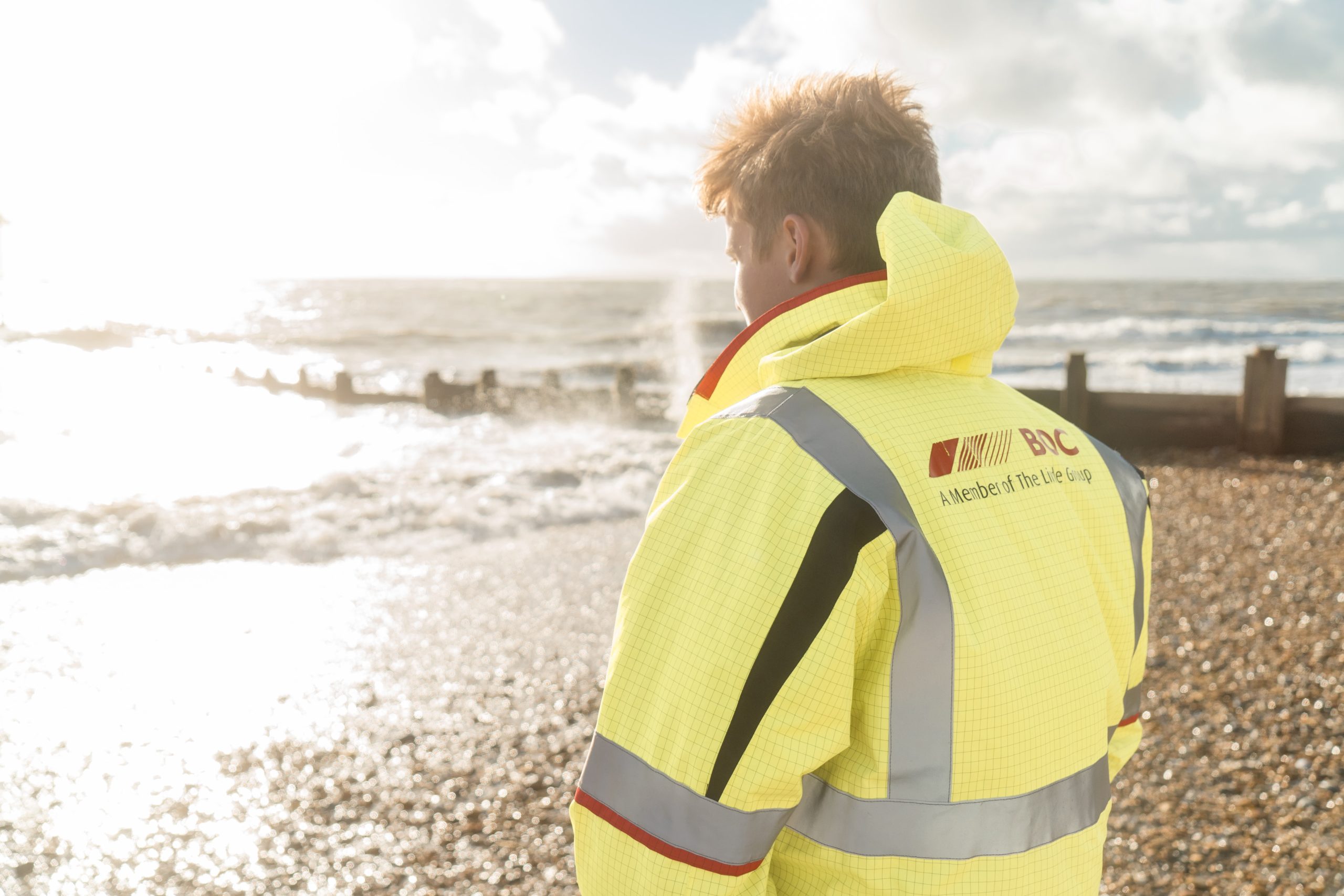
3. Try reflectors!
If you’re local, you probably already have one somewhere on your person. They can be painted onto your clothes, clipped to your zipper, or even taped onto your gear. Reflectors come in a variety of applications, and there’s one for everyone.
Iceland is dark for a large part of the year (which is why we get to see the beautiful northern lights), so reflectors are a popular accessory here. They can help you maintain some visibility in the dark, which could help a group leader to keep track of you, or help a motorist see you from further away.
If you don’t have one, these can often be picked up in gas stations, outdoor gear shops, and even souvenir shops. Look for a fun one that you can use as a zipper pull!
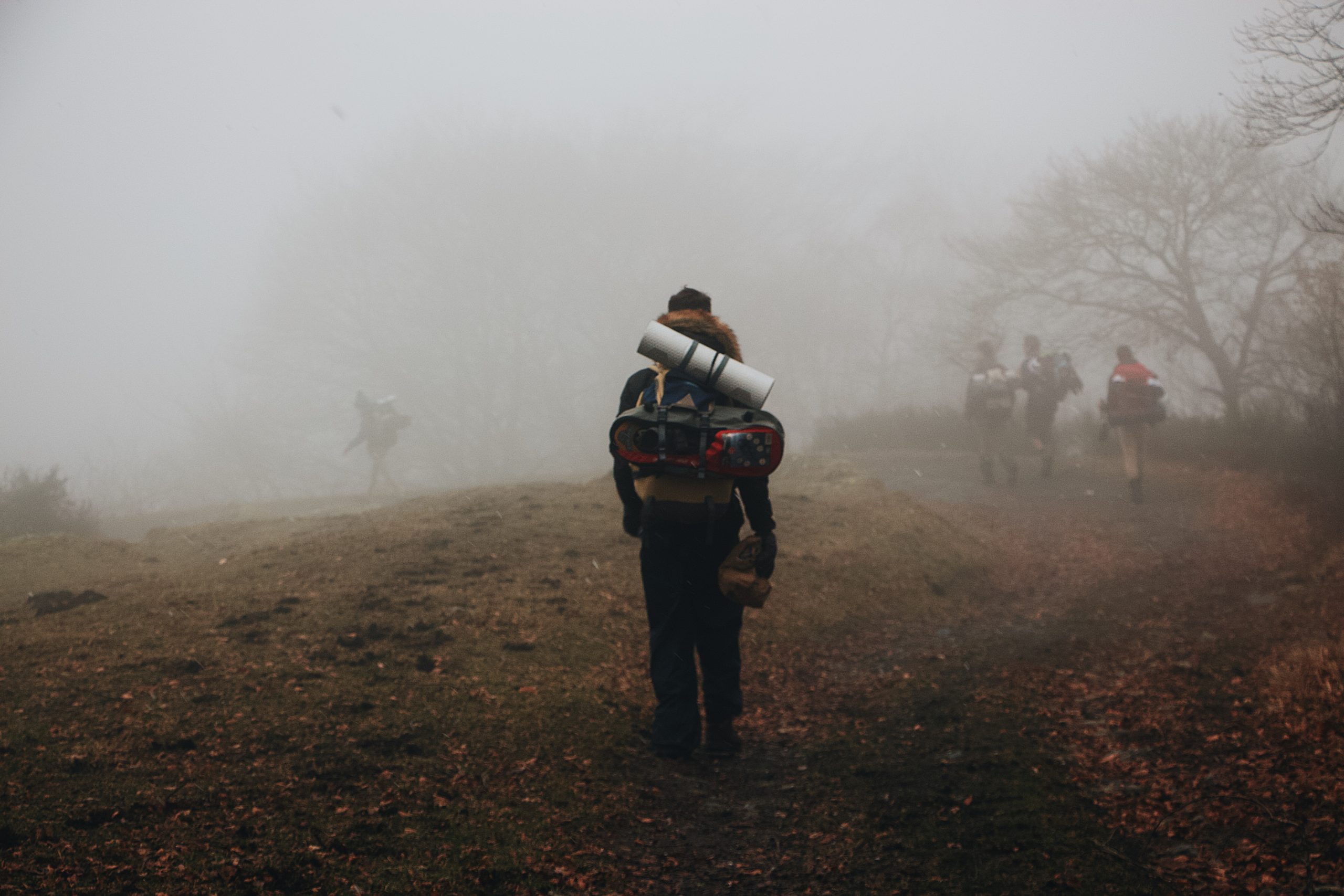
4. Tell someone where you're headed
This is a safety tip that you should use no matter where in the world you’re adventuring! If you can’t tell a friend where you’re going (because they’re coming too!), you can submit a travel plan to websites like SafeTravel.is.
If you’re headed out into the wilds looking for beautiful northern lights, you can also rent a Personal Location Beacon (PLB) from them as well, should you need it. These types of precautions may seem extreme, but it is always good to be prepared.
Simple trips can meet with surprise conditions, and it’s better to not need your extra planning than to wish you’d done it.
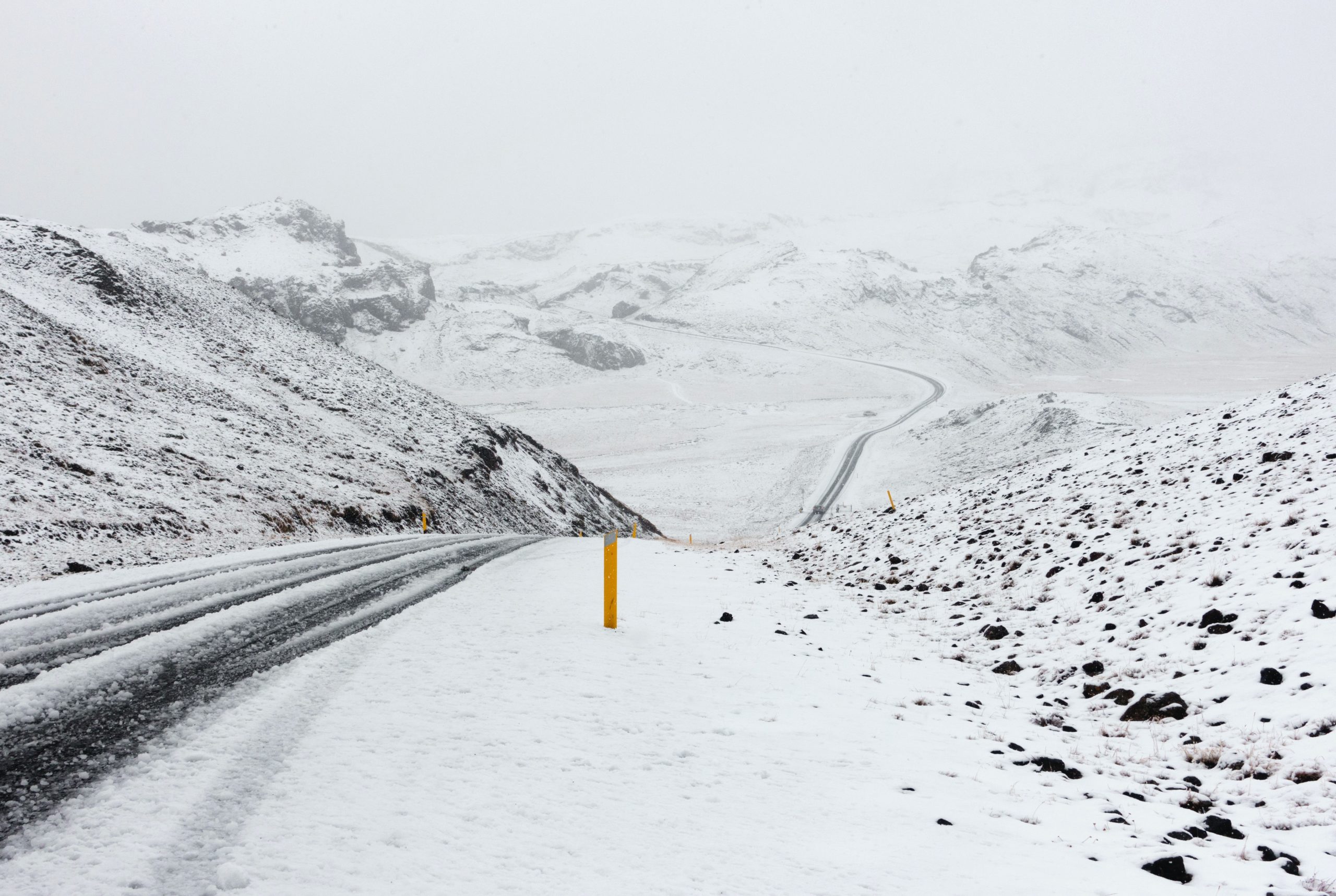
5. Check the conditions before you go
We may have mentioned this a few times already, but conditions in Iceland change fast. It’s hard to fully understand the weight of that statement until you’ve experienced it a few times, so this might have to be a point that you deposit some trust on.
Iceland’s lonely location in the North Atlantic means that we can be at the receiving end of low-pressure systems, incredible winds, and swiftly moving storms. There’s a lot of precipitation, and lots of domestic concerns like seismic activity, avalanches, and more.
You can’t predict all of it, but you can educate yourself and stay on top of the predictions by checking sites like vedur.is and safetravel.is. These websites can not only keep you safe, but they can also make you aware of new alerts and help you find those beautiful northern lights that you’re after.
Know the season that you’re visiting in, and be aware of the types of weather that most commonly happen within them. Being ready can help you decide how to proceed in a dicey situation.
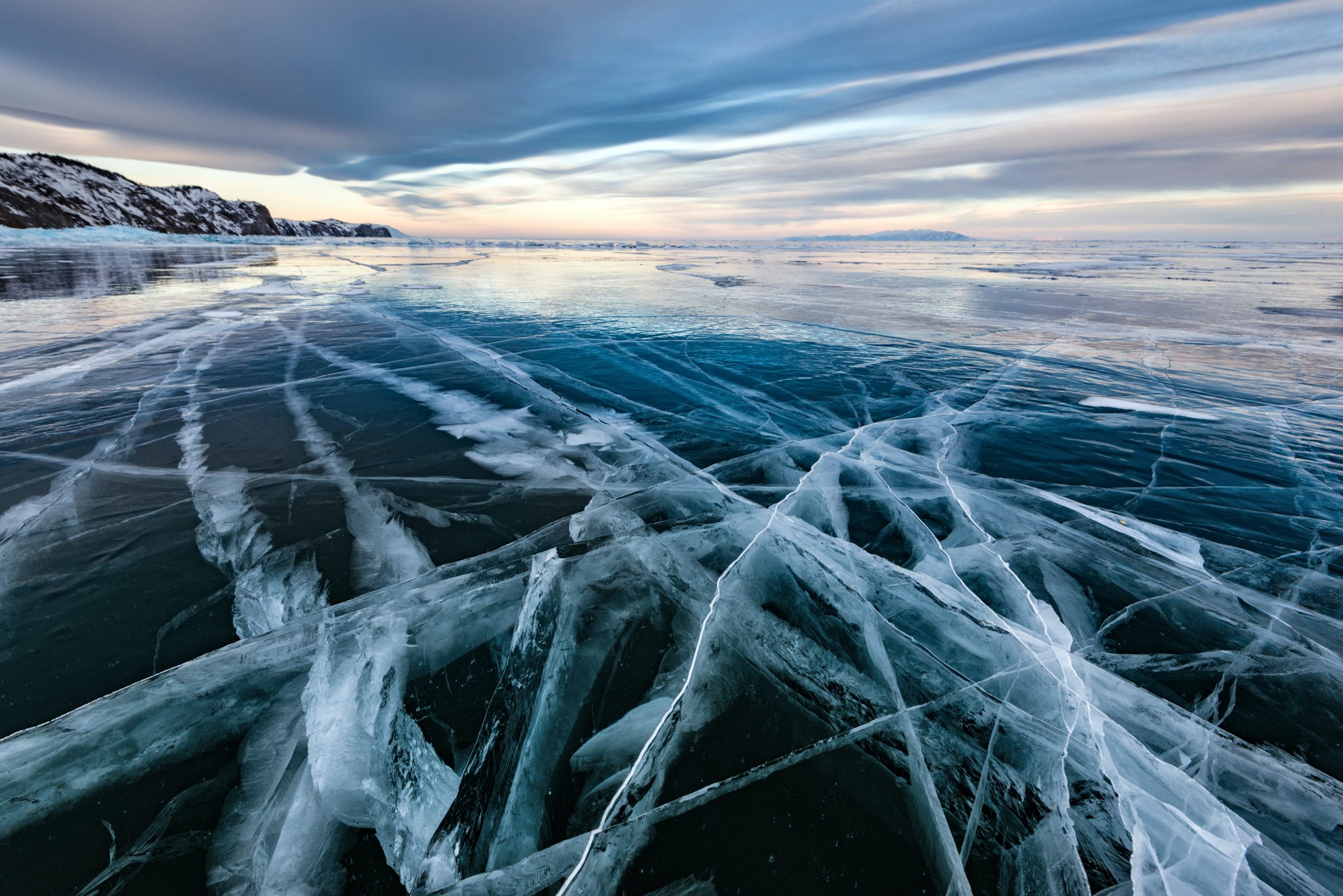
6. Learn how to walk on ice
This is less of a requirement and more of a reminder to be aware of your surroundings. In the colder months, the temperature can fluctuate throughout the day. This means that Iceland is a great spot for producing ice. (Surprising, I know.)
If there’s one thing people usually aren’t doing when hunting the beautiful northern lights, it’s usually looking at the ground in the dark. Falling on ice is a big concern in these colder months, and it goes without saying that it’s an important safety tip to remember.
You can stay upright by looking where you’re going, paying attention to how you’re walking, and protecting yourself with gear. This can mean smaller steps, keeping your weight centered above your feet (less diagonal weight-bearing with long strokes or leaning), and maybe trying out a pair of shoe spikes.
Shops throughout Iceland carry different shoe attachments for this purpose, but you will likely find them at home too. When in doubt, however, look at penguins! They seem to have mastered the technique with their upright shuffle.
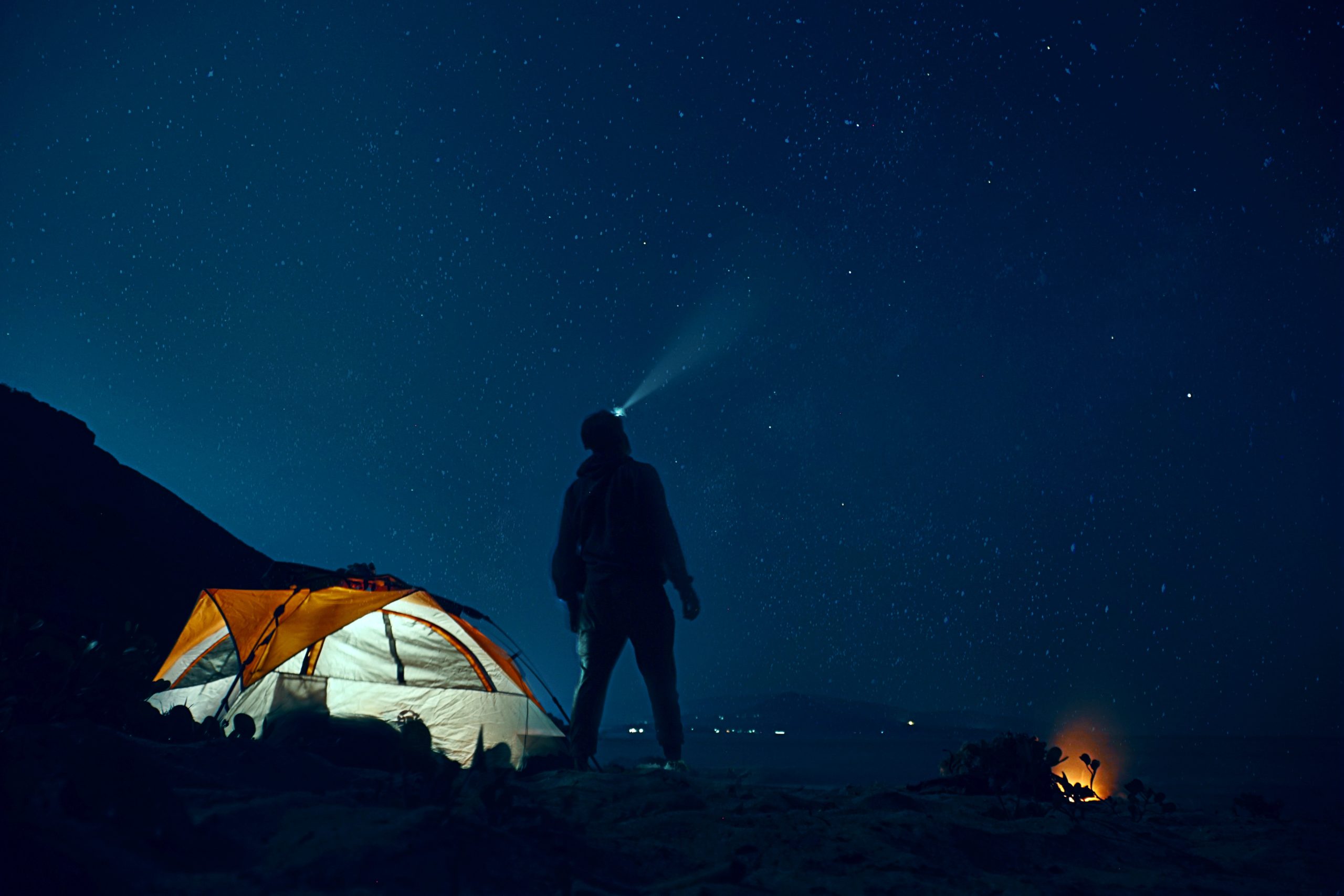
7. Bring your own light
Don’t forget your gear! Safety tips are one thing, but being well prepared is another. Depending on where you are going and what you’re doing, you will need to pack different things. Typically for nighttime activities, the biggest recommendation is a torch or headlamp.
You may also want to make sure that you have charged your communication devices and cameras, and that you are outfitted to stay warm outside. This means hand, ear, and head coverings if possible. If you are headed out into the wilds, you may want to consider a satellite phone or a Personal Location Beacon.
Organize and check all of your gear before you head out, to make sure that everything is functioning properly, and that you don’t forget anything. Oh! And don’t forget snacks! Even if you’re just out for the night, an aurora hunt is hungry work and you might not find many restaurants open after midnight.
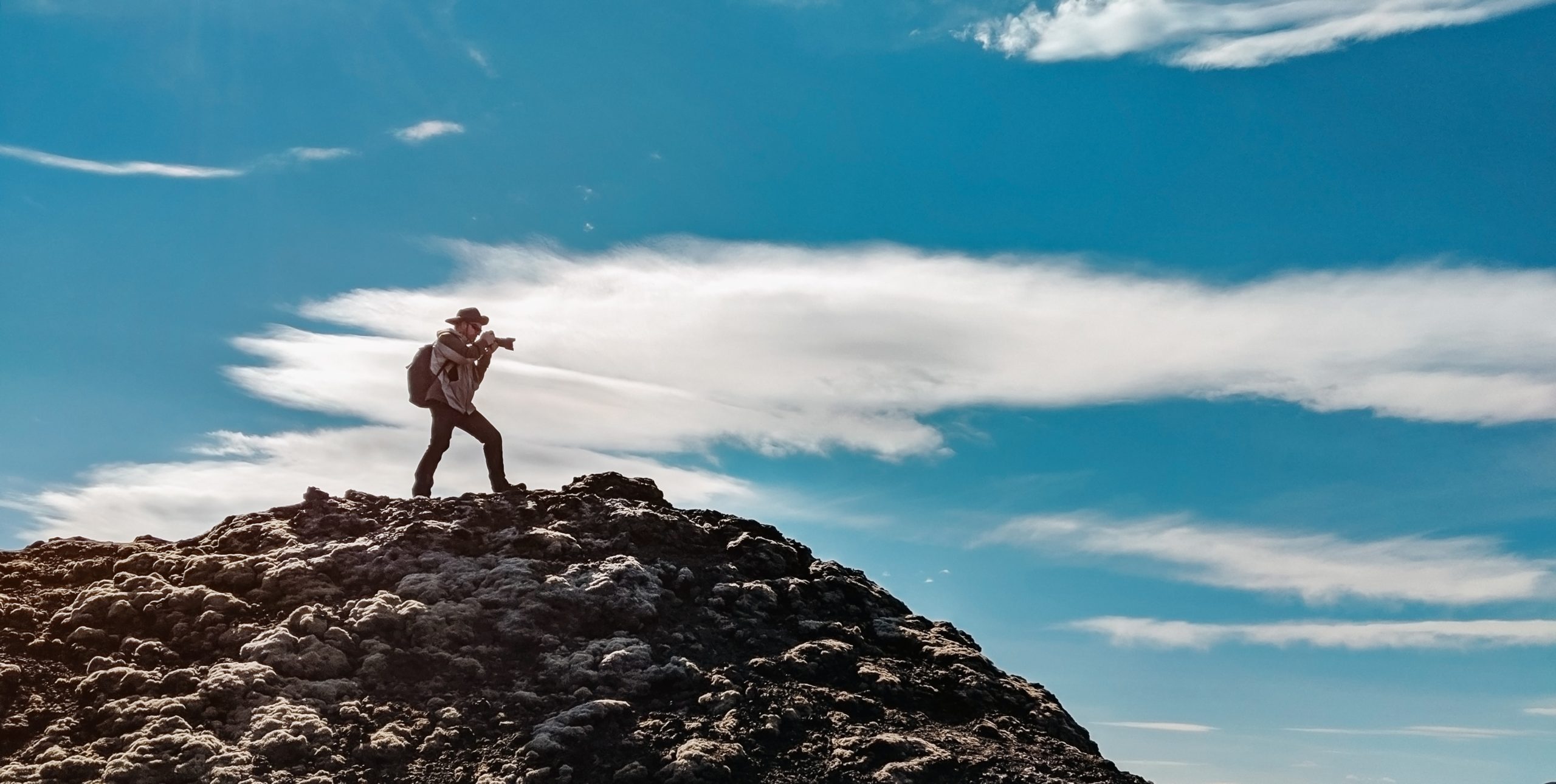
8. Look where you're going
This is a nighttime activity, and if you’re hunting in a great spot, you will likely have some impressive dark cover, making it harder to see where you’re walking. We covered ice earlier in our list, but what about terrain? If you’ve had a chance to wander around in the daytime, you may have noticed how uneven Icelandic ground can be.
Iceland’s biome is Arctic tundra, which means that while you may not run into many trees, you will find thick brush and other low-lying grasses that can obscure variation in terrain. In many places that would be manageable.
But in Iceland, that terrain is likely to contain lava fields and rock protrusions. The ground might look flat, but watch out for holes! Like many of the simplest safety tips, this seems like one that doesn’t need to be mentioned, so let’s stay on the path, and keep it that way.
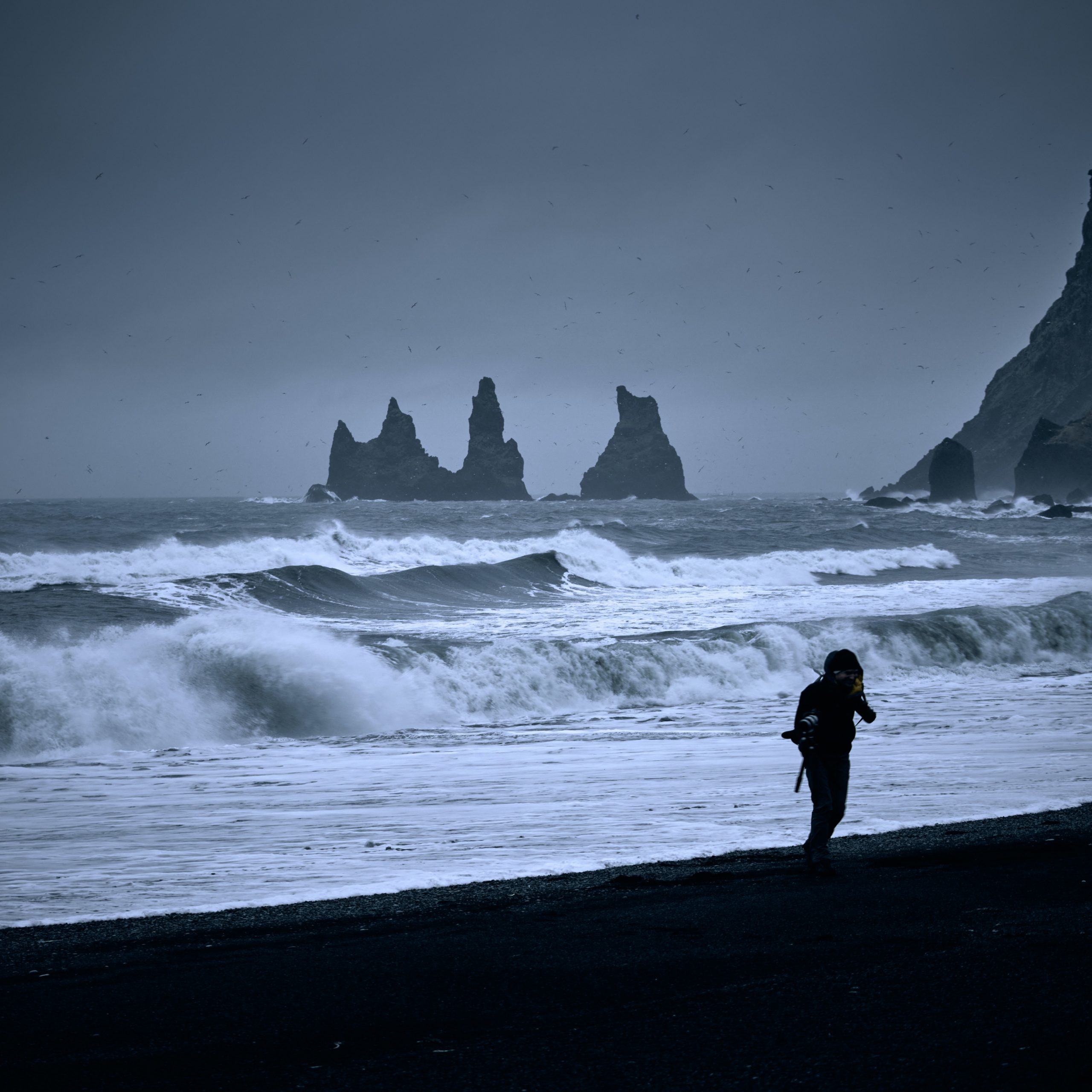
9. Beware the water's edge
Another terrain tip! (Are you starting to get the feeling that these might be linked to many avoidable accidents?) Water is a big part of Iceland’s terrain. Whether it’s the huge amount of precipitation that we get, to the frothing glacial rivers, the surrounding ocean, or the placid lakes and ponds of our inland areas.
Many of these bodies of water may look similar to others you’ve seen before, and they may be! But at least during these nighttime activities, they are best left alone. At the time of this writing, the ocean near Reykjavik was a whopping 3.1°C (37.58°F).
This temperature paired with strong currents and stormy winter weather is not safe for inexperienced swimming. There are very few places that one can swim in the ocean here, so you will not find beaches staffed with lifeguards, monitoring the waves.
A fall into one of these frigid bodies of water can be treacherous during the day, but at night it can be lethal. So while you’re keeping an eye out for ice, and looking for holes in the lava- try to keep a respectful distance from the water, and stick to hot pots.

10. Stay rested
The beautiful northern lights are only visible at night, which is usually when most of us sleep. If you’re visiting, you probably have some pretty packed days ahead of you. Sightseeing, activities, restaurants, maybe even some hiking.
It’s easy to forget to take a break when you’re hurrying to see all the things on your list. (Have you ever needed a vacation after your vacation? Tell me about it.) There’s stuff to do! Stuff to see! And tonight is a great night for auroras! It sneaks up on us.
But don’t forget to slow down and take a break, or a nap, before heading out for the night. Many visitors go from day trips to aurora hunts, and if you’re driving it can be a lot to handle.
Make sure to eat an early dinner, and take a small nap before you go, just to refresh. Being out in the elements is hard work, and sleepy night driving is a dangerous chance to take. Not to mention following all of these other tips!
Be careful with yourself. We want you to come back, for all the beautiful northern lights yet to come.
